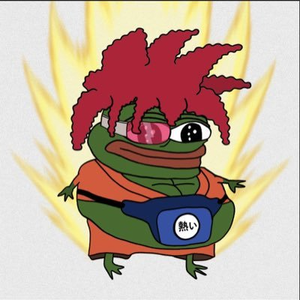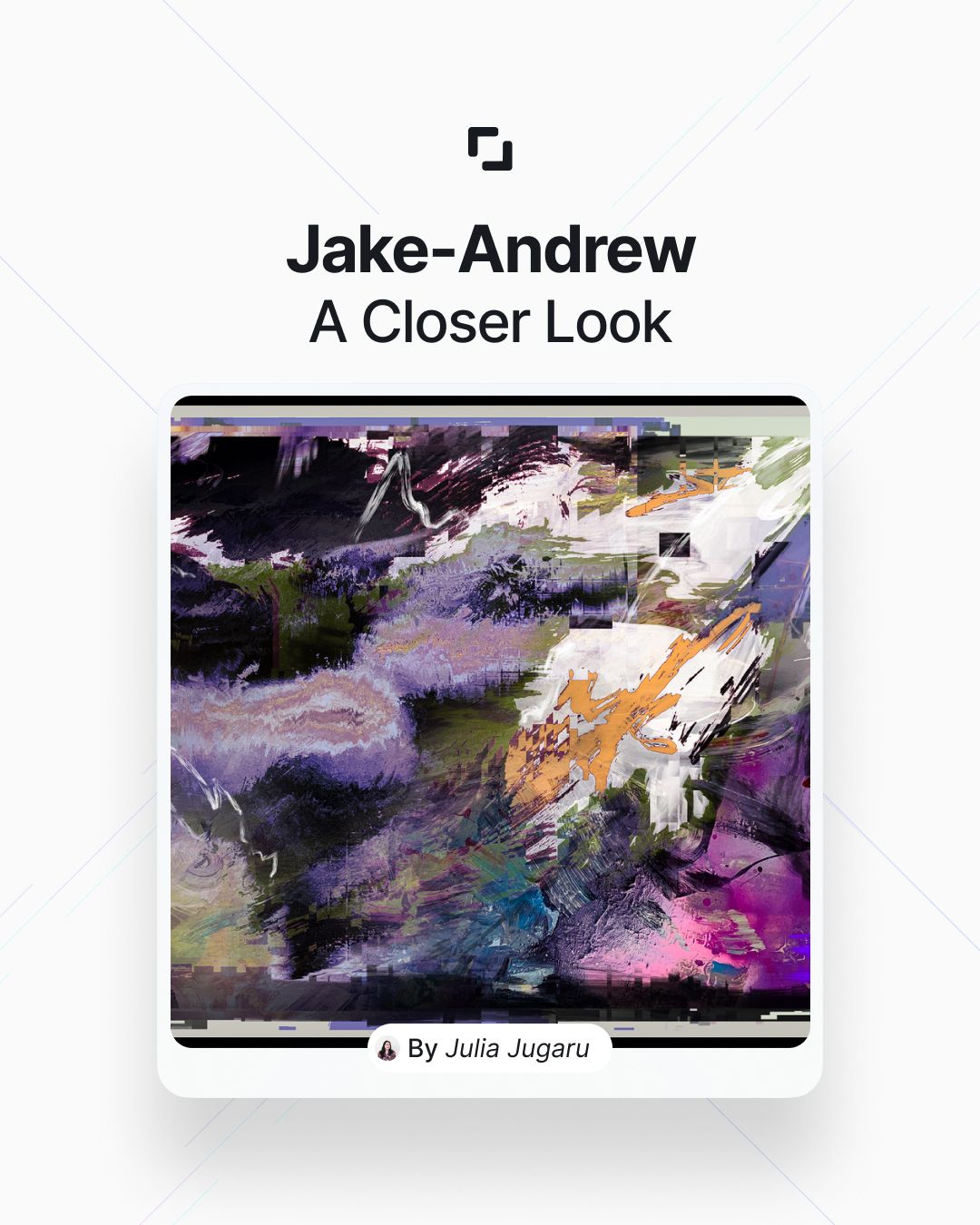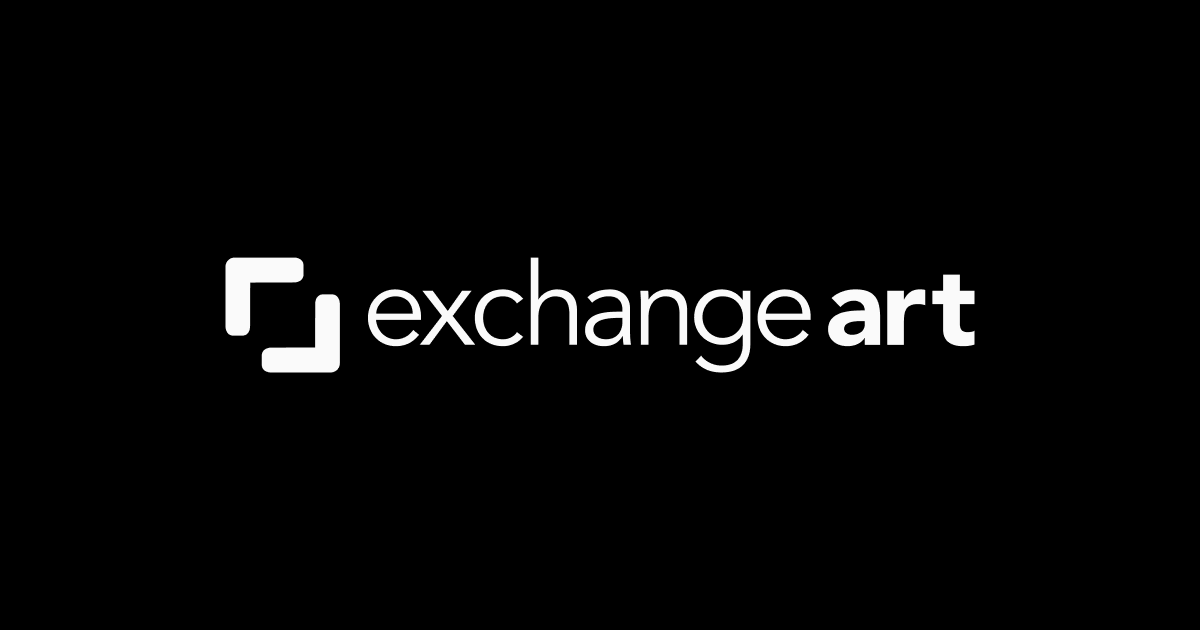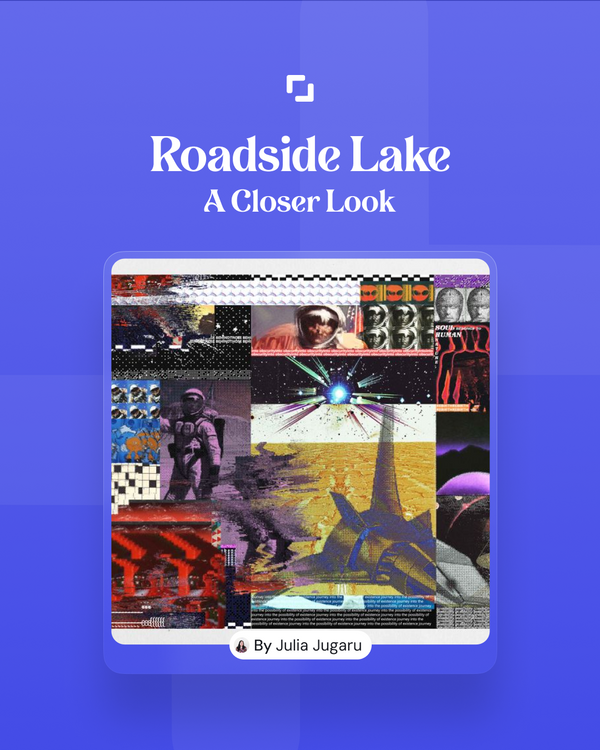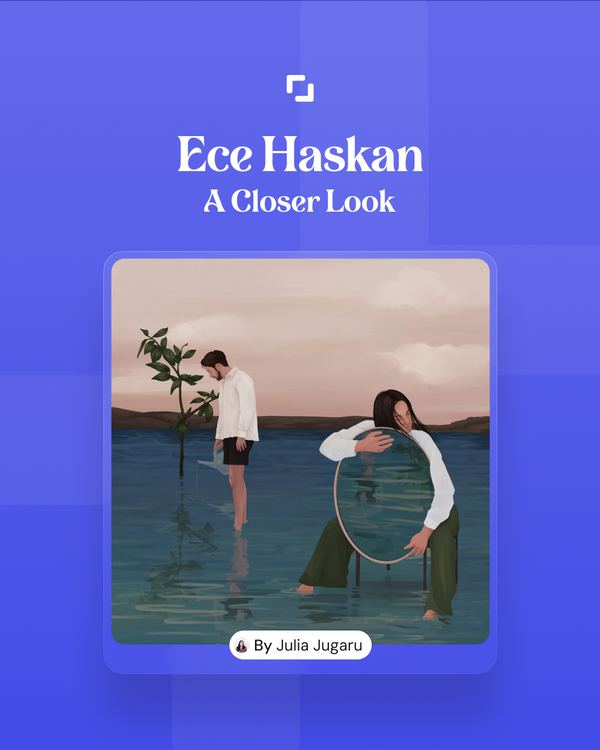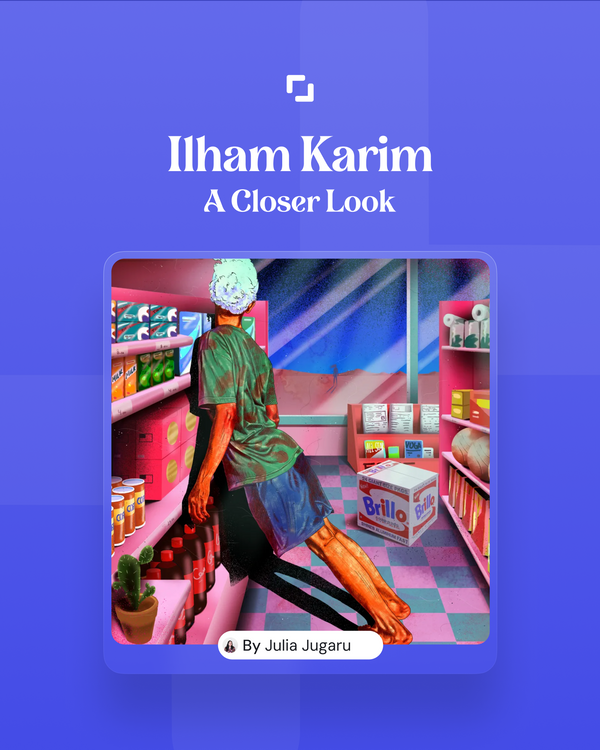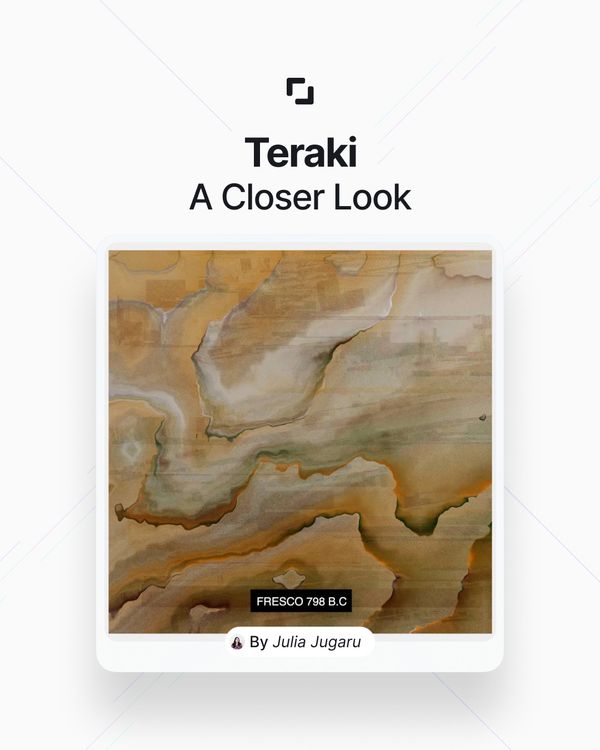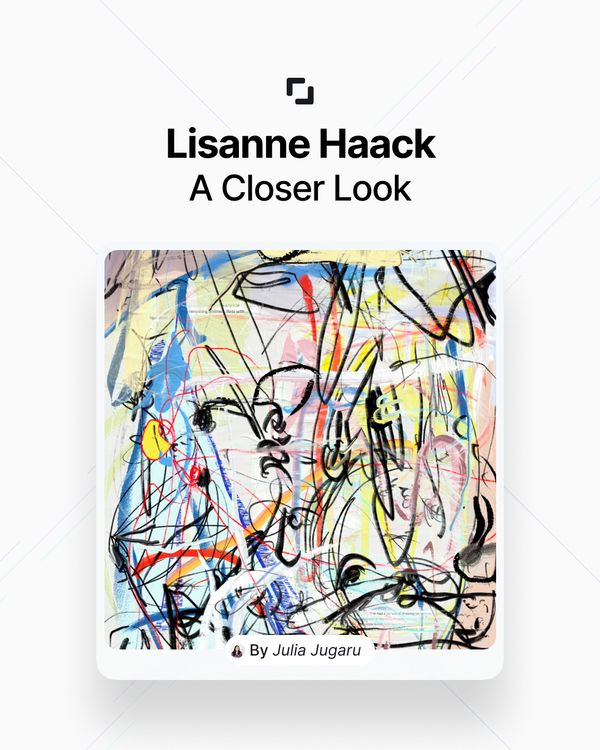Meet Jake-Andrew Nason, a talented artist whose lifelong passion for both painting and music has shaped his artistic journey in remarkable ways. From a young age, he was captivated by the power of these mediums to evoke emotions and create meaningful connections. This fascination continues to inspire him as he translate his emotional responses to color and sound into captivating paintings, whether in digital or physical form.
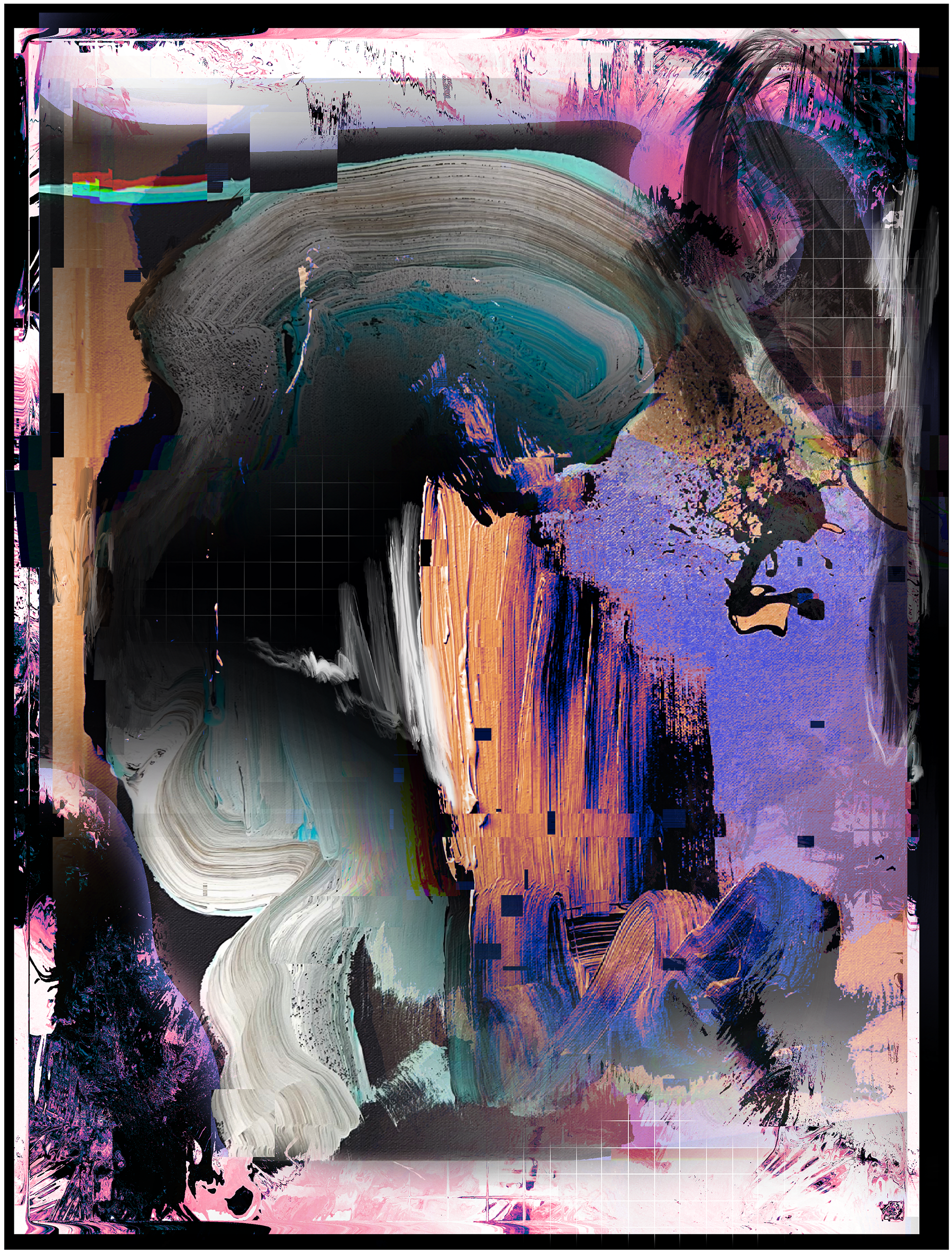
the beginnings
Q: What initially drew you to your chosen medium or art form, and what keeps you engaged and inspired to continue creating?
Since I was a kid, I've always been drawn to painting and music and the emotions that both of the mediums can evoke or channel. This is what still inspires me today, translating my emotional response to color and sound into painting form, either digital or physical. Growing up, my Dad's always been a record collector and merchant, so I've been surrounded by every type of music you can imagine. I was in bands, writing music and touring at the age of 17 to 21, but ducked out of the band to pursue my art career at university. It was here I learnt I had synesthesia, and the "soundscapes" I was painting in my room to track musical ideas was actually my brain interpreting sound as color.
What is synesthesia?
Synesthesia is when you hear music, but you see shapes. Or you hear a word or a name and instantly see a color. Synesthesia is a fancy name for when you experience one of your senses through another. For example, you might hear the name "Alex" and see green.
the inspirations
Q: Can you describe your creative process? How do you generate ideas, and how do you bring them to life in your work?
My work used to be born from listening to music on repeat, and translating the forms and color I saw directly onto canvas. It's moved on from here now though, with gestural abstraction and color theory playing a big role in how I conduct the compositions I create. I've been creating digital projection installations from my painting work for the last 10 years, but now I've been incorporating these techniques into building static abstracts; capturing that flow and texture into still pieces that evoke the emotion of every day life.
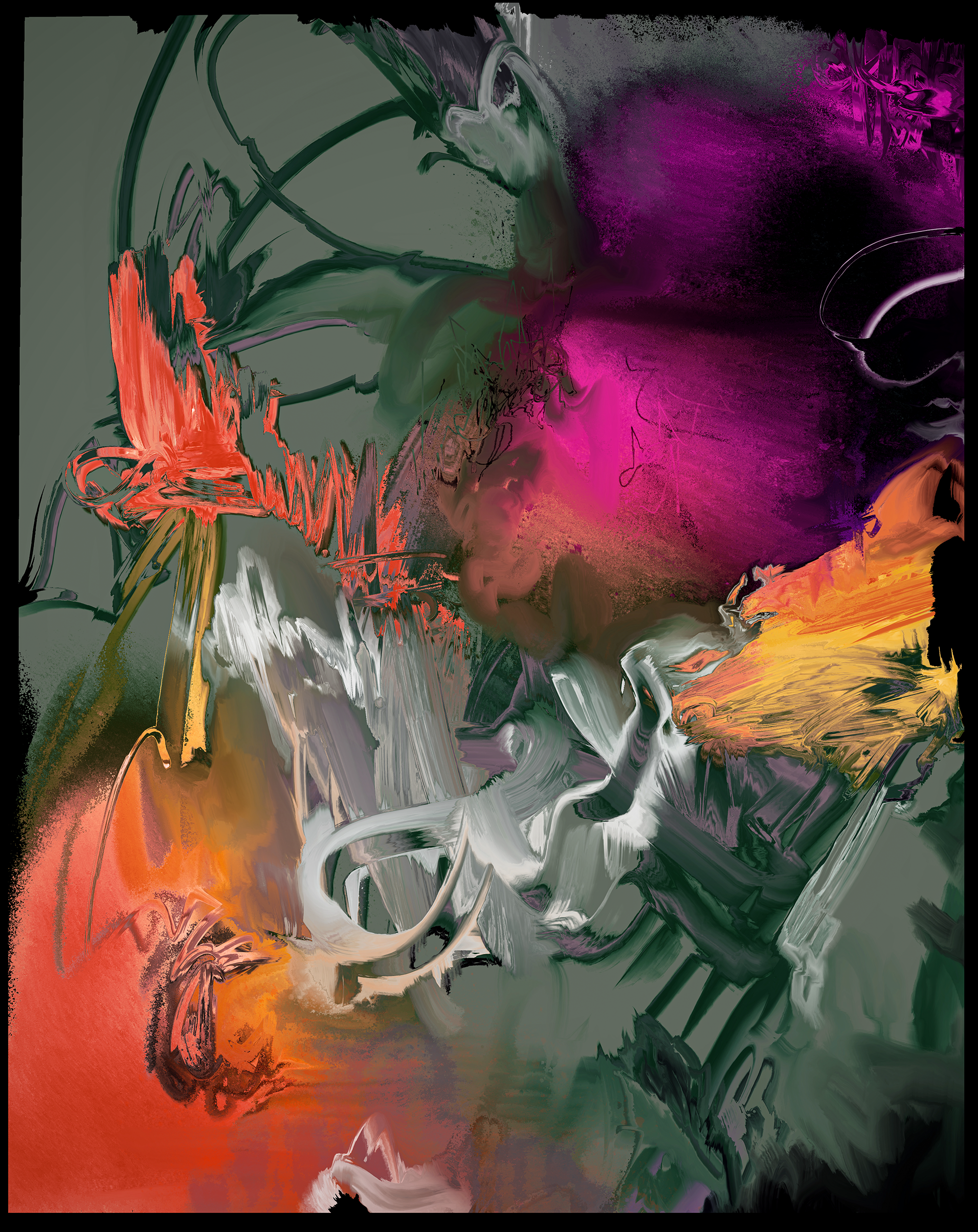
Q: Many artists have a particular theme or message that they explore through their art. What central themes or ideas do you find yourself consistently drawn to, and why?
My practice sits at the intersection of physical and digital art; centered around the way the mind can perceive audio or emotional stimulus as color, texture, shape and movement. We all have a relationship with color and sound and my work exists as an expressive, physical performance that allows me to create projected installation environments and immersive experiences; either on screen or in situ.
finding middle ground
Q: How do you navigate the balance between staying true to your artistic vision and meeting the expectations or demands of the audience or art market?
Honestly? I don't think I do the second part very well haha. I'm constantly wanting to push the boundaries of what I create and the message behind it, while maintaining a close relationship with those who collect and resonate with my work. Some of my collectors and patrons I class as my close friends, people who see beyond the constraints of market conditions and expectation. I've struggled the last few months with the market, as we all have, and the best thing I've learnt is just stay true to who you are and what you're trying to say. Art doesn't go away, bear markets do.
Q: Artistic expression can be deeply personal and introspective. How do you handle vulnerability and emotional exposure in your work, and how does it affect you as an artist?
I think coming from the musical background helps me to keep on top of this - I've always shared openly about my struggles with mental health and how art is like therapy to me; advocating for it's use by others to try and help channel emotions that they maybe don't understand or want onto a different channel or physical plain. My work is hugely emotional and deeply introspective, but sharing my experience through lyrics, screaming my heart out on stage and then putting that raw emotion into my work doesn't feel intrusive - more liberating.
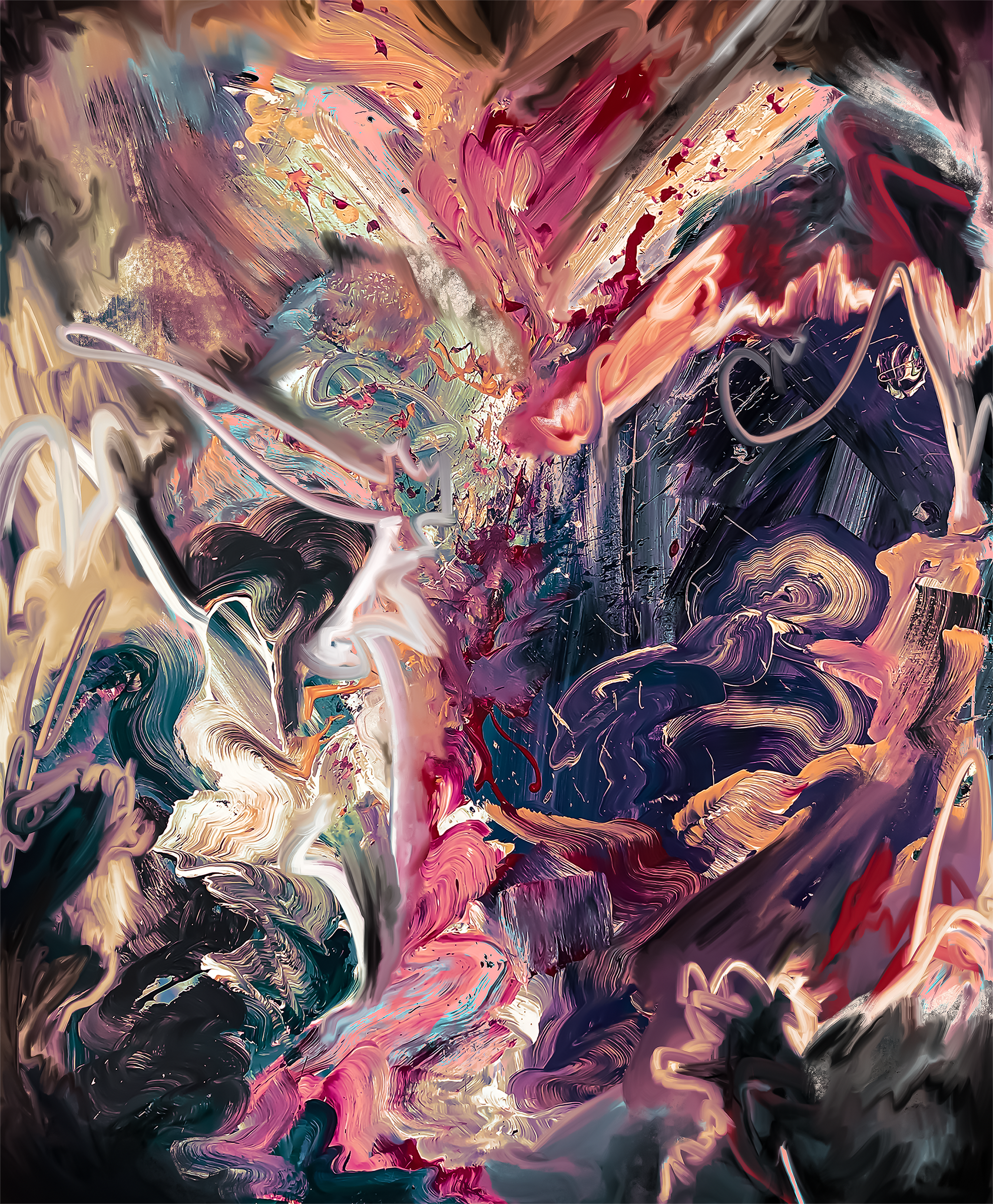
the influence
Q: Are there any artists or art movements that have had a significant influence on your style or approach? How have they inspired and shaped your artistic journey?
Obviously, the abstract expressionists have shaped the way I see my work - compositions of Joan Mitchell, Rothko and de Kooning exist heavily within the layers of what I do; but further to this, the concepts of Kandinsky and Nam June Paik have always been at the forefront of my phygital approach. I feel lucky to be close with Kaido, as his knowledge and talent have helped no end with re-addressing my digital abstract work and placing it within a historical context, and seeing the work of Lisanne continue to bloom and develop is hugely inspiring.
Q:In the creative process, artists often encounter challenges or roadblocks. Can you share a specific instance where you faced a significant obstacle, and how did you overcome it?
Like when my Macbook told me the render time for a piece would be 17 weeks because I overloaded the system? Or when I lost an entire digital sketchbook of works and ideas because I updated my system and the backup glitched? Always have an external hard drive kids. Or when I lost faith with my work entirely, went pure nihilism and started painting over every single piece in my studio and on Procreate? I think we're always going to battle with this as artists, but as cliche as it sounds, trust the process. In the words of Bob Ross, happy little accidents can be the most important thing you ever do.
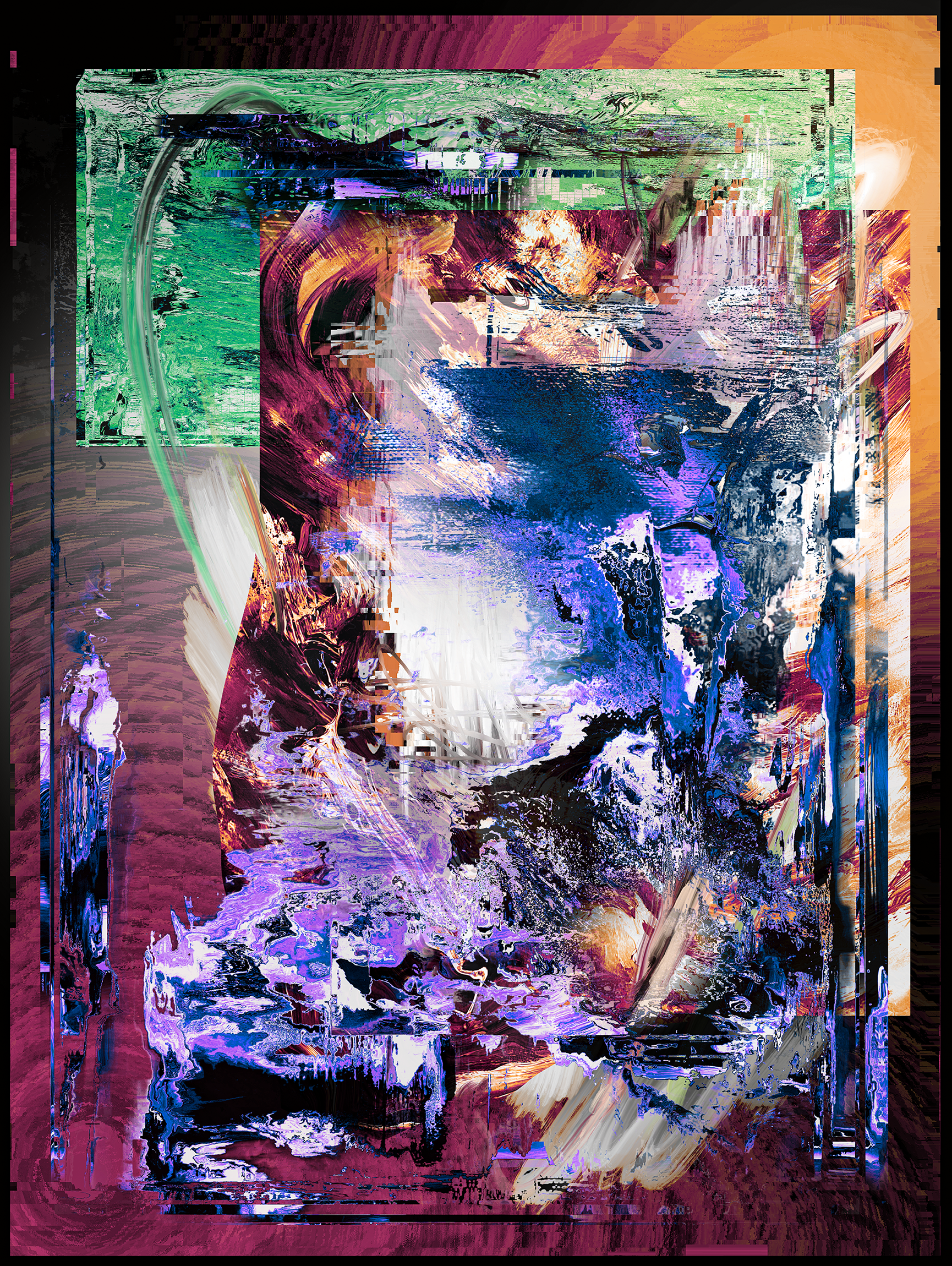
Q: Collaboration can be a powerful force in art. Have you ever collaborated with other artists or professionals from different disciplines? If so, what was the experience like, and how did it impact your work?
Collaboration is super important to me, and I'm lucky to have collaborated with some of my favorite artists and musicians - alongside some global brands and organizations (Glenfiddich, Braun Audio, Adidas etc) - I think the most important thing is understanding that the artist needs free reign to a certain degree, on both sides... Because when working with a brand, if the work you produce feels forced, its going to LOOK forced. Conversation is key, and open conversation at that. Don't hold back, know your worth and respect both parties.
the experience with Exchange Art
Q: Could you describe how your involvement with Exchange Art, has impacted your life as an artist?
Exchange Art was the platform I first released static digital abstracts with my DISRUPT series. A hugely significant step in my artistic career as it's from here both my physical and moving image/music practice was able to develop and bloom. The support from the team has been second to none, hanging out with Exchange Art Team to plan exhibitions and everything moving forward, it feels TRULY like an actual community here.
thoughts to the future
Q: Looking ahead, what are your aspirations and goals as an artist? How do you envision your artistic practice evolving in the future?
Moving forwards, my aspirations are simple. To continue developing my practice and neo-abstraction in both a static and "live" way and have it recognized further afield (museum shows/talks) - but also to further the immersive side of my work with the exhibitions and shows I have coming up in order to encourage more people to engage with art as a way of combatting mental health.
explore more artworks :


